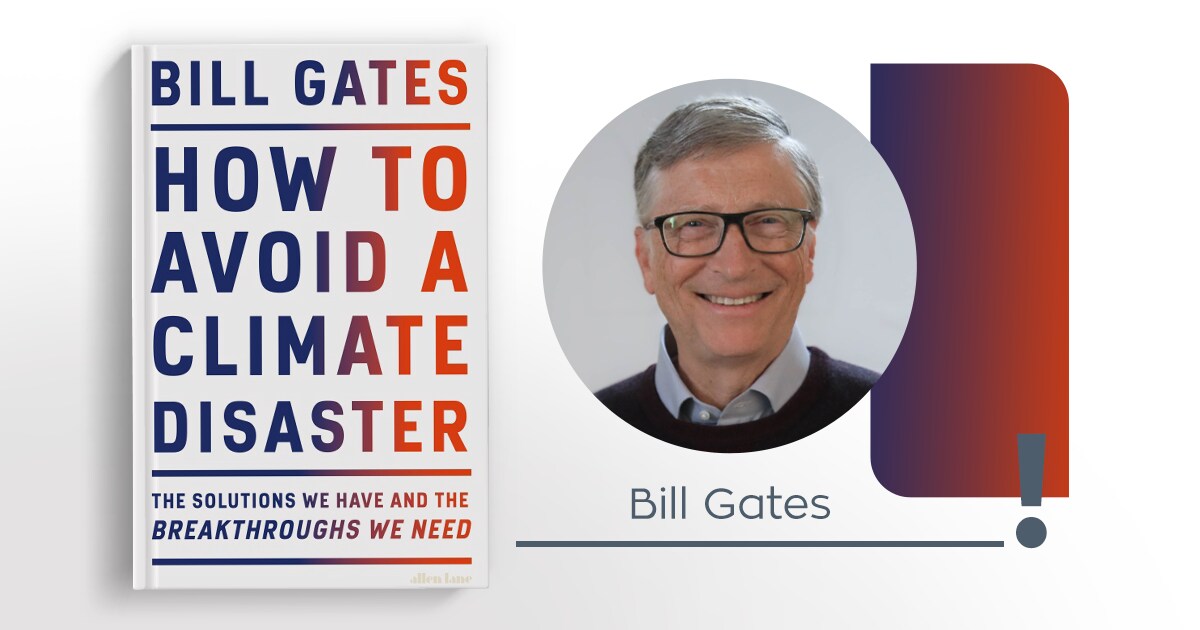
We need to get to zero - producing even more energy than we do today, but wihtout adding any carbon to the atmosphere - as soon as possible.

we need to make it possible for low-income people to climb the ladder without making climate change worse. Made conscious decisions around my diet to eat less food that have high carbon emissions.Made efforts to reduce my home's emissions with LED lightbulbs, maintenance of home equipment to run efficiently.
 Through my own actions I signed up for my electricity company's green energy pricing program. I have a better understanding of the scope and magnitude of what human activities produce carbon emissions and what approach we need to take to get them to zero. 👥 Who should read it?Īnyone who wants to build their basic understanding on the scope of what activities produce carbon emissions and the solutions/innovations required to bring them to zero and where we need to get started and what actions we have to take in order to make progress on this issue. Government policy, planning and funding research also play a key role in accelerating zero carbon innovations and solutions. Adaption solutions will play a key role for people affected by climate change to help them survive as the environment and weather changes. Most of these innovations attract "green premiums" which are an increased cost of adopting these solutions and we should look at ways to reduce these to encourage greater adoption of carbon free innovations. Getting to zero will require solutions and innovations across the five human activities which generate emissions including: making things, plugging in, growing things, getting around, and keeping cool and warm. How to Avoid a Climate Disaster: The Solutions We Have And The Breakthroughs We Need gives an overview of what steps we need to take to reduce our carbon emissions to zero.
Through my own actions I signed up for my electricity company's green energy pricing program. I have a better understanding of the scope and magnitude of what human activities produce carbon emissions and what approach we need to take to get them to zero. 👥 Who should read it?Īnyone who wants to build their basic understanding on the scope of what activities produce carbon emissions and the solutions/innovations required to bring them to zero and where we need to get started and what actions we have to take in order to make progress on this issue. Government policy, planning and funding research also play a key role in accelerating zero carbon innovations and solutions. Adaption solutions will play a key role for people affected by climate change to help them survive as the environment and weather changes. Most of these innovations attract "green premiums" which are an increased cost of adopting these solutions and we should look at ways to reduce these to encourage greater adoption of carbon free innovations. Getting to zero will require solutions and innovations across the five human activities which generate emissions including: making things, plugging in, growing things, getting around, and keeping cool and warm. How to Avoid a Climate Disaster: The Solutions We Have And The Breakthroughs We Need gives an overview of what steps we need to take to reduce our carbon emissions to zero.  Key steps and plans we can take immediately to start working torwards getting to zero carbon emissions through adaptation, government policy and civil action.
Key steps and plans we can take immediately to start working torwards getting to zero carbon emissions through adaptation, government policy and civil action.  There are technology and innovations today which can help reduce our carbon emissions to zero across various human activities that generate carbon emissions. We have 52 billion tonnes of carbon emissions per year which is only increasing and we have to take a look at opportunities to reduce our emissions to zero to avoid a climate disaster. This book helped me understand the scope and order of climate challenges and how we plan and navigate ways to reduce our carbon emissions to zero and prevent a climate disaster.
There are technology and innovations today which can help reduce our carbon emissions to zero across various human activities that generate carbon emissions. We have 52 billion tonnes of carbon emissions per year which is only increasing and we have to take a look at opportunities to reduce our emissions to zero to avoid a climate disaster. This book helped me understand the scope and order of climate challenges and how we plan and navigate ways to reduce our carbon emissions to zero and prevent a climate disaster.








 0 kommentar(er)
0 kommentar(er)
